Except when it comes to project work or regular boat maintenance. This is when our patience is really tested. Of course, space isn’t always an issue – on occasion we have to fix or build something that is out in the open, allowing lots of elbow room. But that easy-to-access variety of work happens maybe 0.002% of the time. Mostly, the work is behind walls, under floorboards or up in the boat arch or rigging. Lots of times we find ourselves stuffed inside a locker or halfway wriggled between a compartment and a post (aka a rock and a hard place). Arms are stretched to their limits, hands are cramped into a semi-workable claw and there is lots of creative talking-like-a-sailor language. Aaargh! But such is life on a sailboat! And, yes, we are lucky – with Wild Horses being 47 feet long and a beamy 14 feet wide, we appreciate that we have less “aaargh!” moments than sailors with smaller boats. Trust me though, the appreciation does not happen in the moment. We are not that Zen! This past summer has involved a lot of boat work, mostly in the form of upgrades as we continue to prepare for the Caribbean. With our one year delay we decided to split up these upgrades – tackling the many smaller ones in 2020 and leaving the biggest ones – installing our water maker and upgraded energy solution (wind power, more solar power, lithium ion batteries and higher-powered alternator) for next summer. Lots of future electrical work requiring even more access to the small, awkward and inaccessible spaces on Wild Horses! Here are some of our bigger 2020 boat work challenges, in pictures. Accessing our batteries as part of Installing our battery monitor: Installing a little USB plug at the helm required us to fit into tight space behind and under the helm station: Removing our unused 4th water tank: Other notable projects where access and space were issues:
Ah, September. The days are getting shorter and the nights cooler. For Wild Horses, it also means that the end of the season is just around the corner. Every other year, we would have already made the 10-hour trip back to Iroquois Marine Services, hauled the boat out of the water and called the end to our season. Labour Day weekend was our marker. Not only are the water levels dropping (making the Iroquois “cut through” more and more difficult) but every other year our work in Ottawa would be in full swing and taking time off for the boat would be almost impossible. But this September is different. We are delightfully retired so there is no natural pull for us to be anywhere but on the water 😊. Aboard Wild Horses, we are enjoying the fresh mornings that are made even more picturesque with light fog and changing leaves. Although we are looking forward to our winter home in Trenton and spending more time with my wonderful parents, we are still loving our boat life and want to keep it going as long as possible. Still, those Iroquois water levels don’t care. The more they drop, the more stressful the Iroquois cut through will be. So as the calendar turned over to September, we decided to make a change. We will be storing Wild Horses at a new marina this winter. We wanted a place where water levels weren’t an issue and we wanted to be closer to Trenton, to lessen our off season drive to the boat. Truly, we hadn’t completely loved the 2-hour car drive from Trenton to Iroquois every day as we commissioned Wild Horses in the Spring and the thought of repeating the experience for her fall decommissioning wasn’t leaving us feeling warm and fuzzy. Don’t get me wrong – this wasn’t a novel, end-of-the-season idea. We had searched for marinas early on in the season but none had ticked all of our boxes. The marina needed to be closer to Trenton, fit our pocketbook AND have storage space for our boat (not every place can fit a 47-foot sailboat with its mast up). Luckily, a new winter storage marina fell into our laps, thanks to a tip from a fellow sailor. Wild Horses will now have Bath, Ontario as her winter home, which means that it is only about 45 minutes by car from Trenton for decommissioning. And when we are ready to make that final trip and put a lid on the sailing season? We will have a lovely 2 ½ hour sail from Trident Yacht Club, past picturesque downtown Kingston, and with no worries about water levels. Instead of planning to haul out Wild Horses mid-September, we are now looking at Thanksgiving. 😊 Until then, we will continue to enjoy the fall season aboard Wild Horses. The hatches stay closed most of the time and the heater gets turned on as the overnight low drops to single digits. Most meals are now done in the oven rather than the BBQ, which warms the boat up while it also warms our tummies. Plus, our heavier comforter now has a permanent spot on our bed and we have traded our sandals for socks and boat shoes.
To say we are cozy aboard Wild Horses is and understatement. And the view from the cockpit never disappoints! This is more of a Mike story. He was front and centre as the events unfolded last week. One of three sailors who jumped into their dinghies to save a 41-foot unmanned sailboat drifting through our anchorage towards a rocky shore. While this stunning boat rescue took place, Ocean and I waited on Wild Horses, eyes and binoculars glued to it all. I will back up a bit. Mike, Ocean and I were enjoying a lazy, sunny afternoon on Wild Horses. The wind had been strong and gusty the night before, with lots of direction changes, keeping us more alert than we care to be in the wee hours of the night 😊. We don’t particularly worry about our anchor dragging – we have excellent ground tackle (oversized Rocna and all-chain rode) and we are meticulous about our anchoring technique (anchor well set in the lake bed and enough chain out for the worst weather of our stay). That being said, blips can happen, including other boats becoming unanchored. So, when the weather picks up, we don’t assume all is okay. We check. Hence, some nights we get a little less sleep than we prefer. The next day, the wind had calmed down a bit but the gustiness and wind shifts continued. There were only a few boats in our anchorage, most had been there for several days, a few for over a week. Two large sailboats, familiar to us from other anchorages, were rafted together the previous night. That morning they separated the boats and we watched as both crew climbed aboard one of the boats and headed out of the anchorage for a day of sailing. This left one of their boats anchored and empty. Not unusual. We do it all the time when we take Ocean to shore, or when we do a dinghy run to get provisions. But later that morning, the situation changed. Mike did his regular scan of the anchorage (Anyone arrive? Anyone leave? Anything we need to be aware of?) and, lo and behold, the boat that had stayed behind was no longer in the spot where it was left anchored that morning. It was drifting with no one aboard…and was headed for one of the islands nearby. It’s eventual resting stop? A very rocky shoreline (!) or a boat house with a low roof that clearly would not support a large sailboat mast (!!). Significant damage was going to occur. Mike turned on our VHF, ready to hail the buddy boat that had left to go sailing earlier that day. To our relief, another boat in the anchorage was already making the hail call. We had help. Mike and the other sailor got in their dinghies and rushed over to the unmanned boat. A third sailor joined within a few minutes. VHF hails to the buddy boat continued. Mike used our dinghy to keep the boat off the rocks while one of the other sailors boarded the boat. Plan A was to start the engine, move the boat to safety and re-secure the anchor. The unmanned boat was easily boarded and the boat keys were in the ignition (yes!). The engine started up right away but…the boat had no forward propulsion. Weird. Okay so perhaps there will be more success with the anchor. Nope. The electric anchor winch (aka the windlass) was turned off at the breaker…inside the boat. Sorry, inside the locked boat. Not good. Ground tackle on big boats is heavy, far too heavy to lift manually. Without the windlass, the anchor could not be lifted. Without forward propulsion, the boat could not be moved. On to Plan B. The alternate plan was to use the dinghies to guide the boat to a wooden dock adjacent to the boat house. A difficult maneuver in a strong current and with a dragging anchor, but all three sailors were keen to try. They were not going to let any damage happen to the boat. They treated it like it was their own. Just then, thankfully, mercilessly, wonderfully, the boat that had left in the morning came around the corner. The captain of our drifting boat had returned. There was definite shock on their faces as they realized the situation. The crew hadn’t heard the VHF hails. But there was still a drifting boat to secure. Mike went up alongside the returning boat and collected our missing captain. He was quickly shuttled to his drifting boat. But there was indeed a problem with the boat’s forward propulsion. Wildly enough, his boat propeller had actually fallen off the day before. Umm, no propeller is kind of a big deal. It means no propulsion and no steerage. Losing your propeller is not a common occurrence…but there you have it. No propeller. This was new information to Mike and the other sailors but our captain had been working around this problem for at least 24 hours, aided by his buddy boat of course. They secured a tow rope to the drifting boat and readied the boats. The anchor was then lifted and the now-not-drifting boat was towed back to its original spot in the anchorage. As a thank you, the captain gave a bottle of wine to each of the three sailors. Nice!
Boat secured. Issue resolved. Just another day in paradise. 😊 Side note: All involved wore masks during the rescue. It is also interesting that there were two boats self-isolating in our anchorage that day. Both had returned from the United States (and Bahamas before that) and were at various stages of their 14-day quarantine. Neither left their boat during their quarantine period, not even to go ashore for a quick stretch of their legs. No one was policing their actions, checking that they abided by Covid restrictions. They did it because they were asked to. And by doing so they did their part to limit the spread of Covid 19. Part of the solution. Yeah Canada! |
AuthorVictoria is a hiker, dog-lover, blog writer and planner extraordinaire. Oh, yeah and she is kind of fond of living on a boat. Categories
All
Archives
June 2024
|

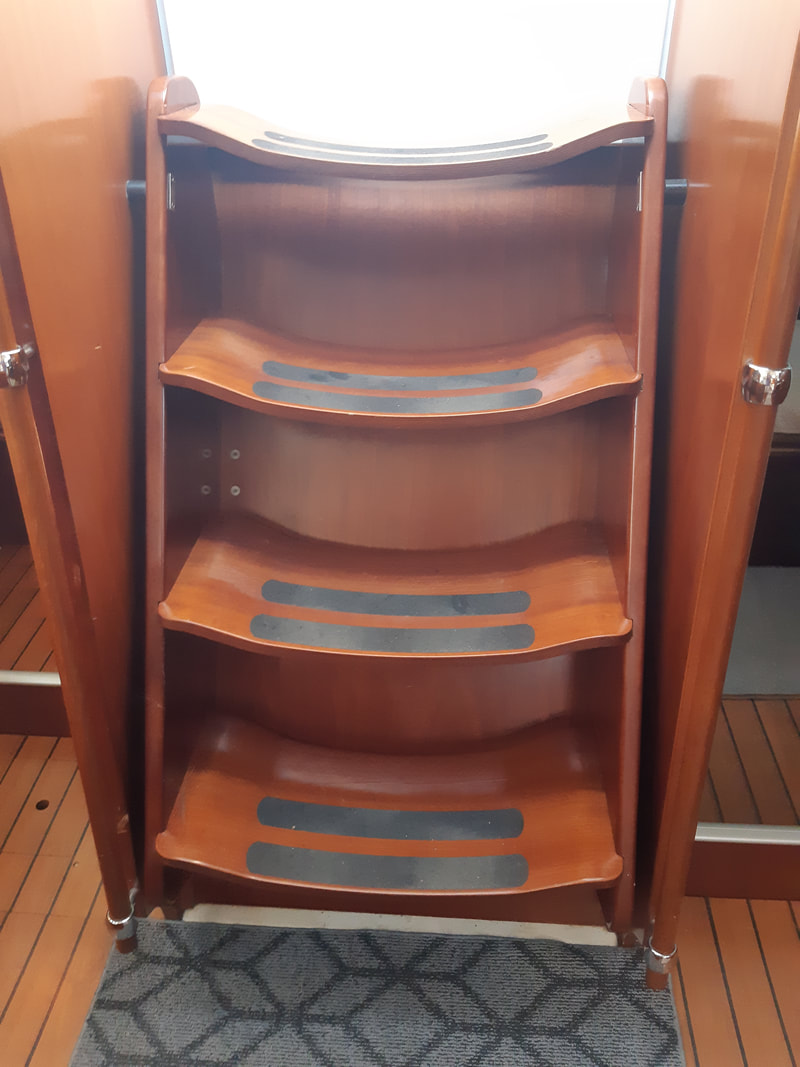
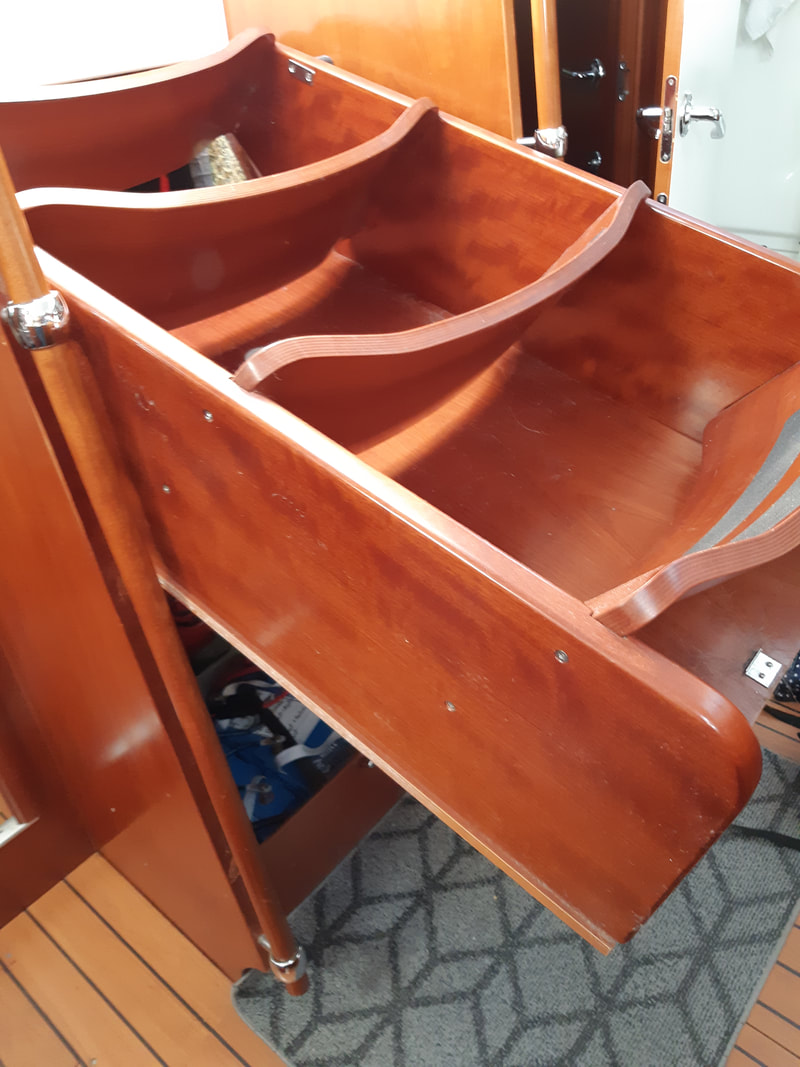
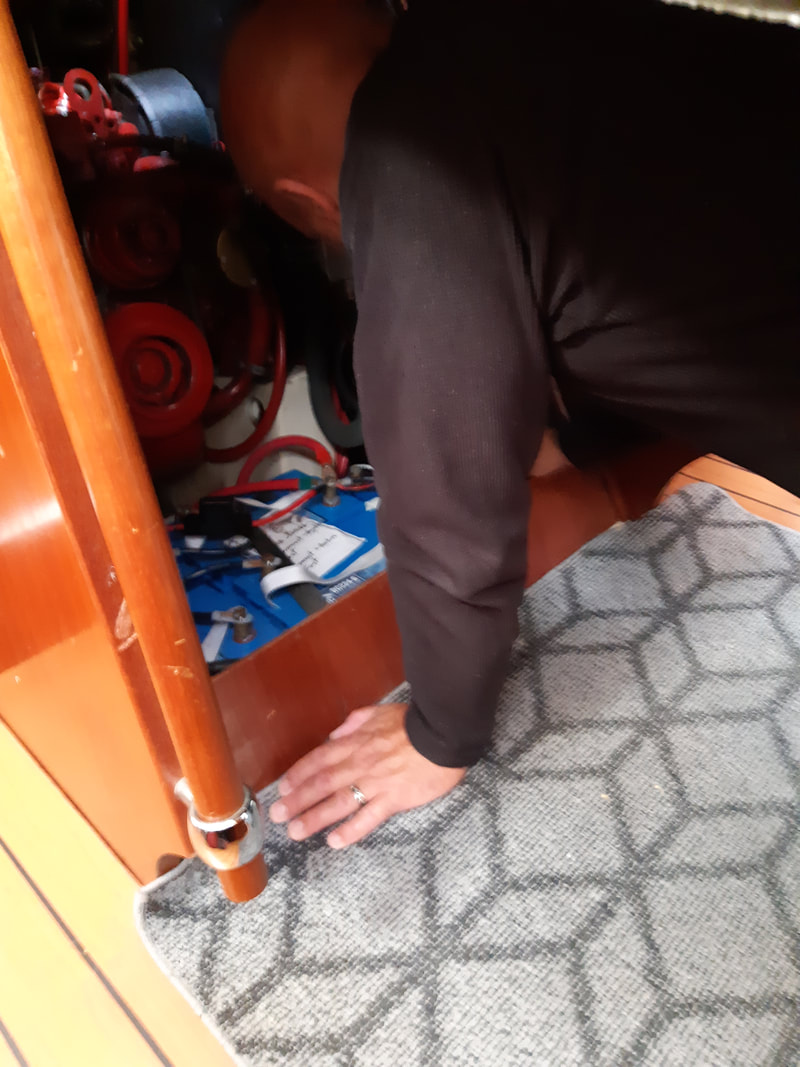
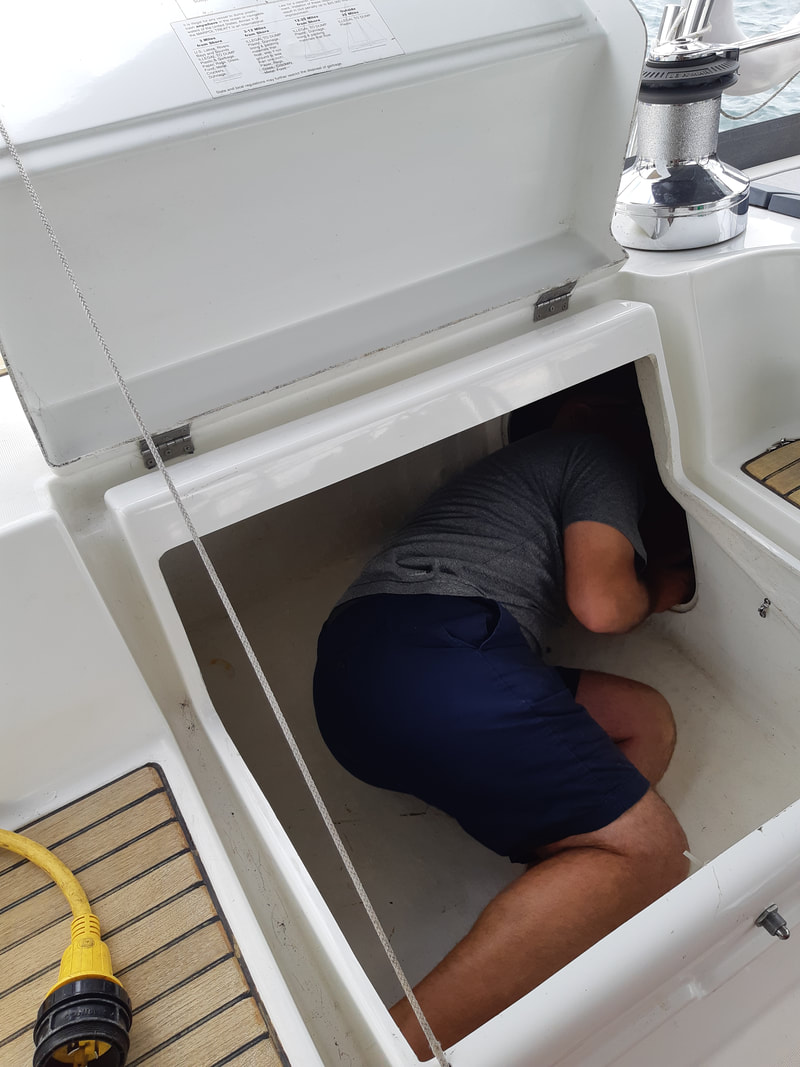
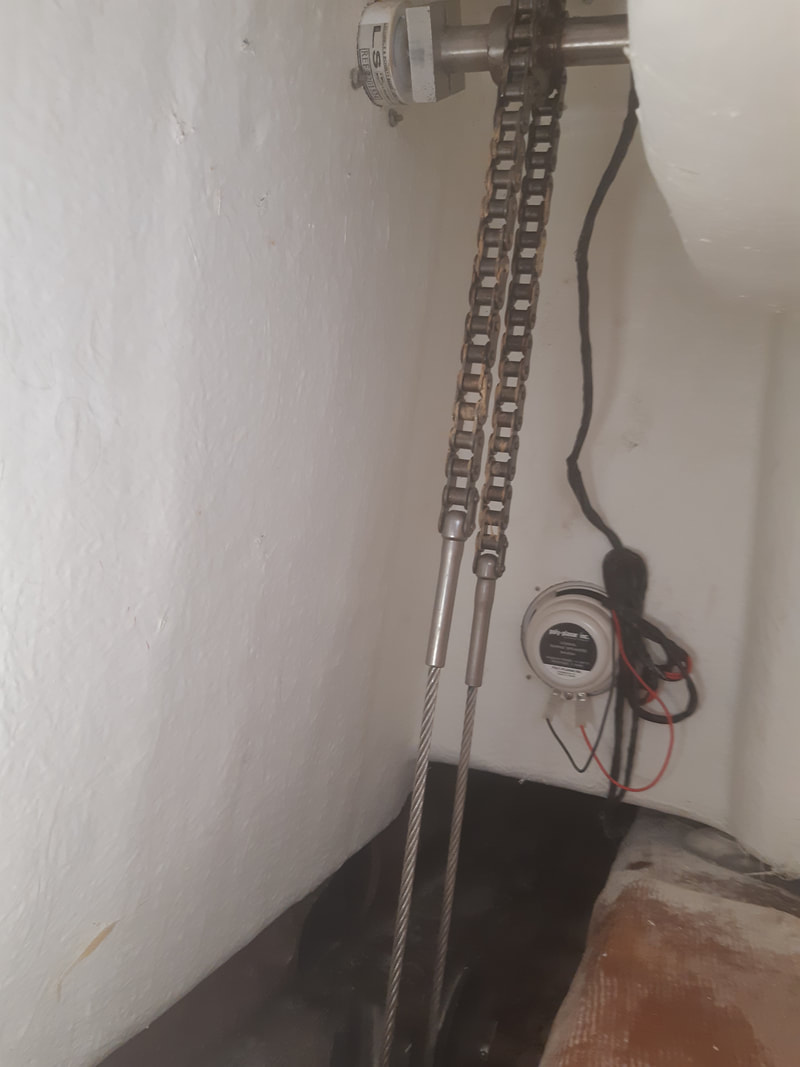
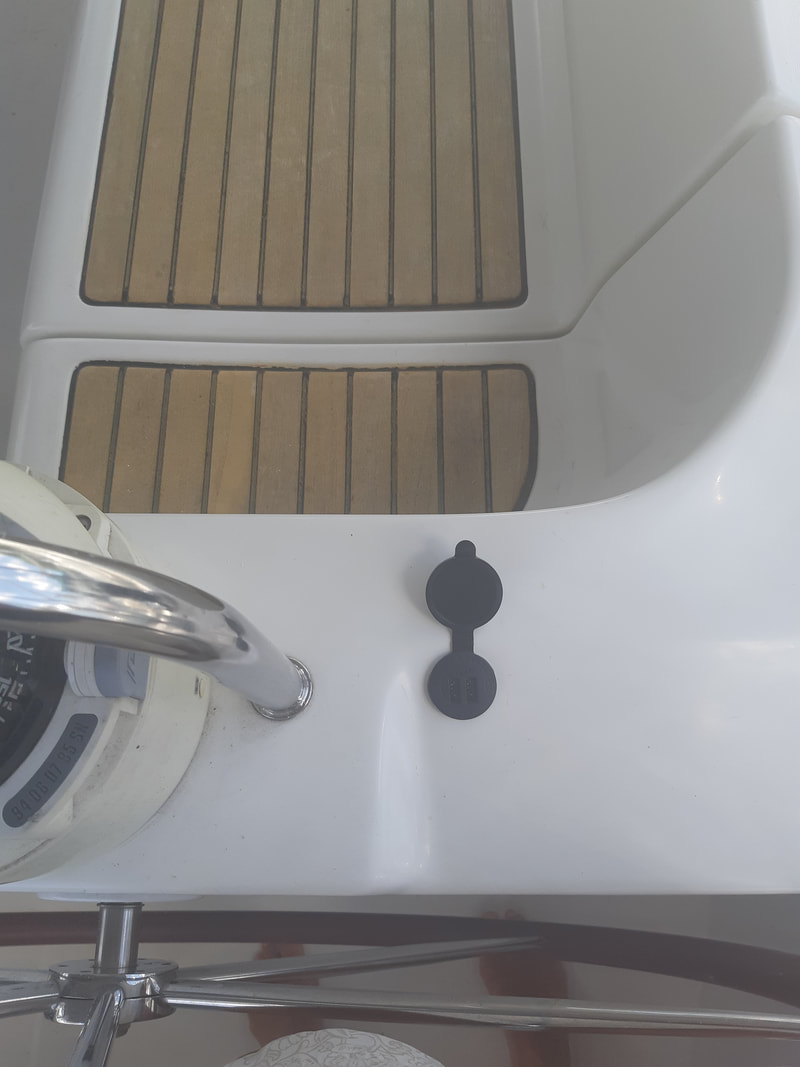
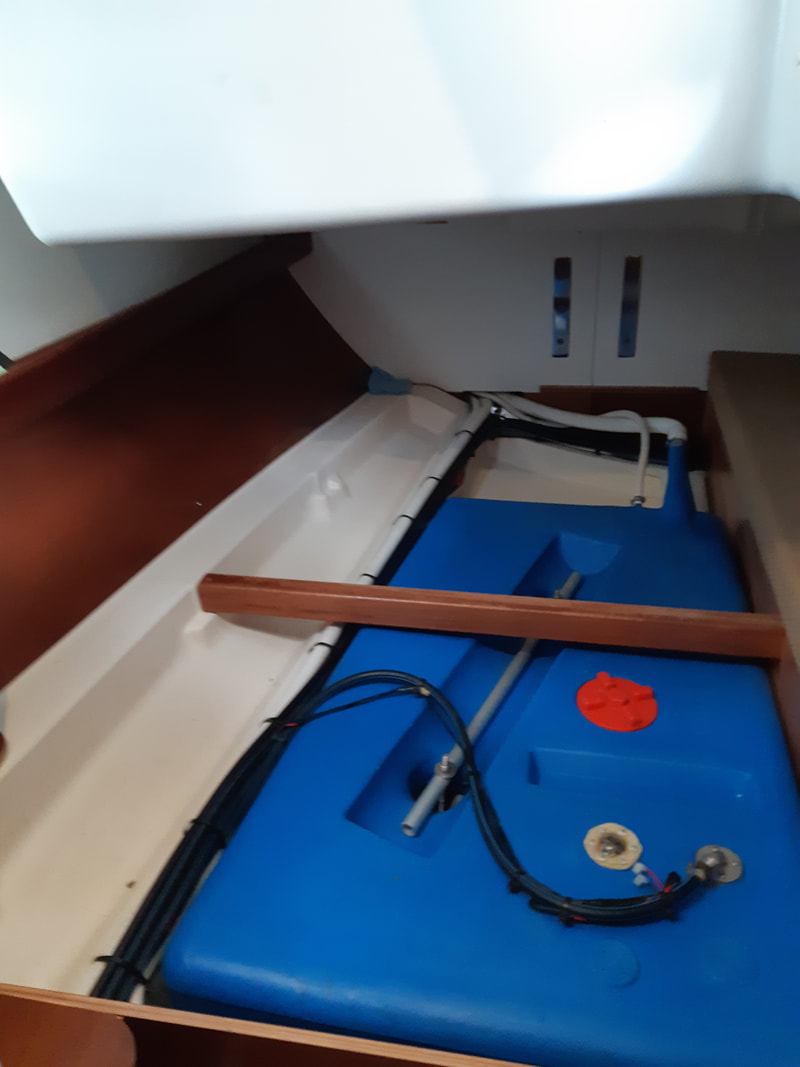
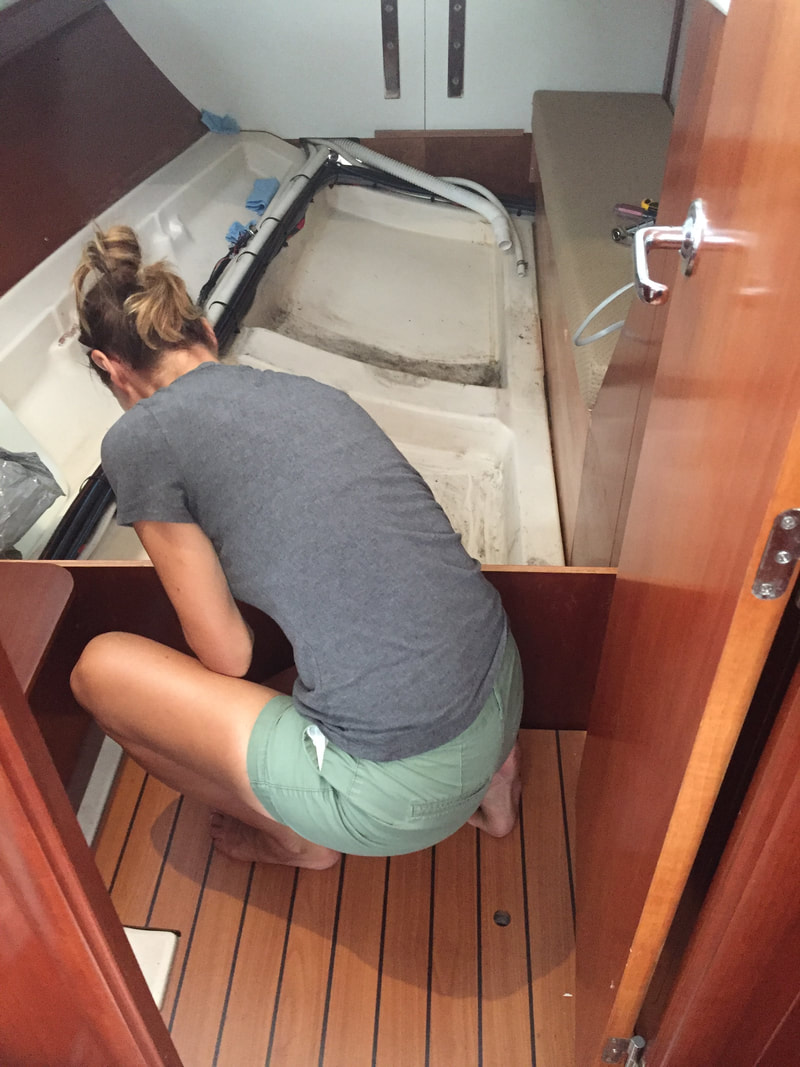
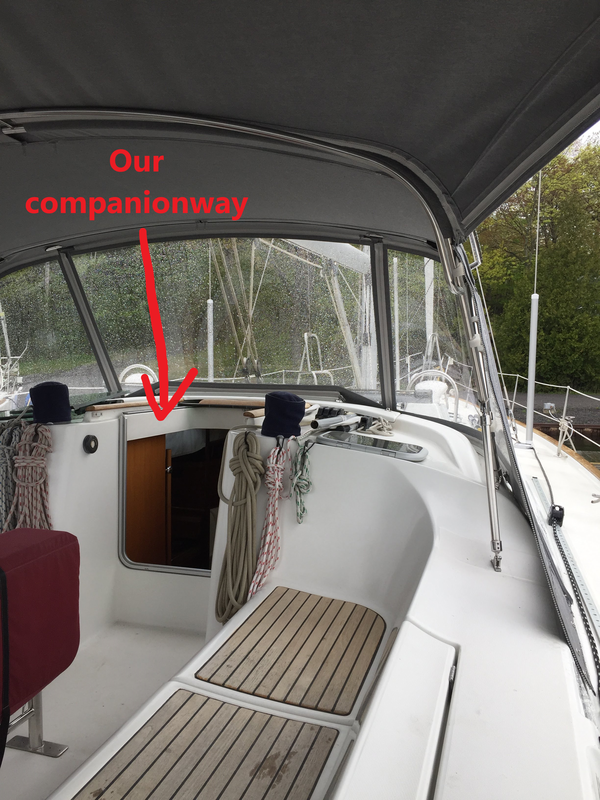
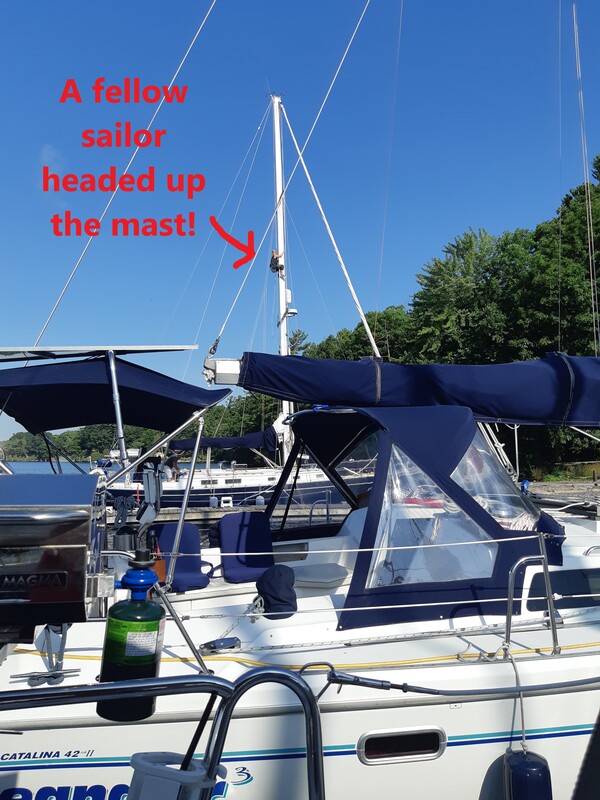
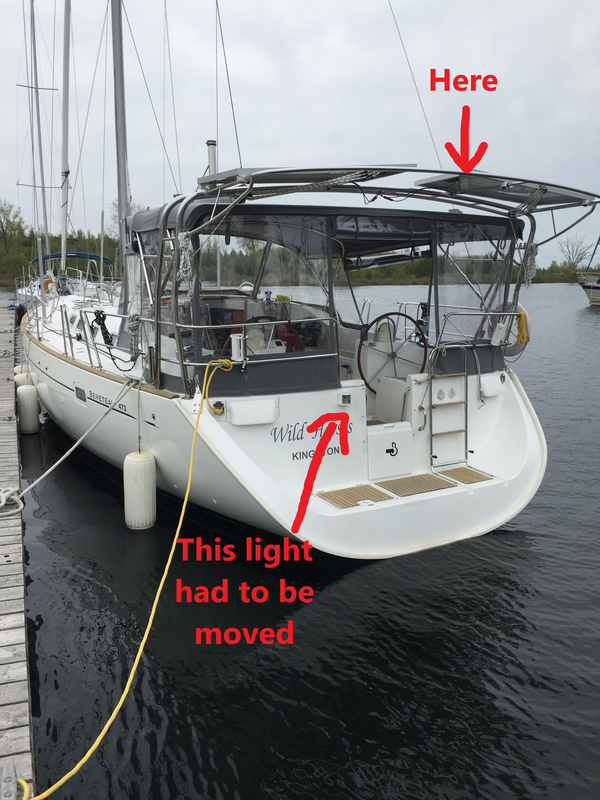
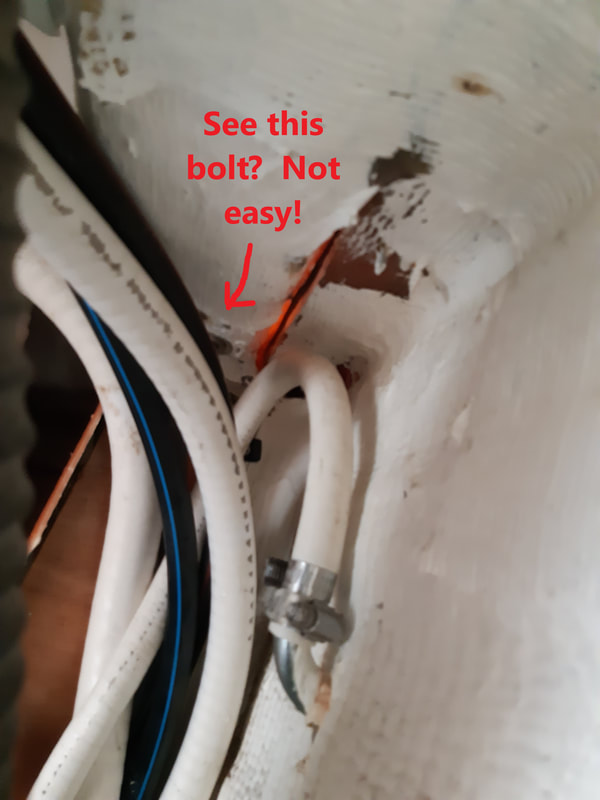
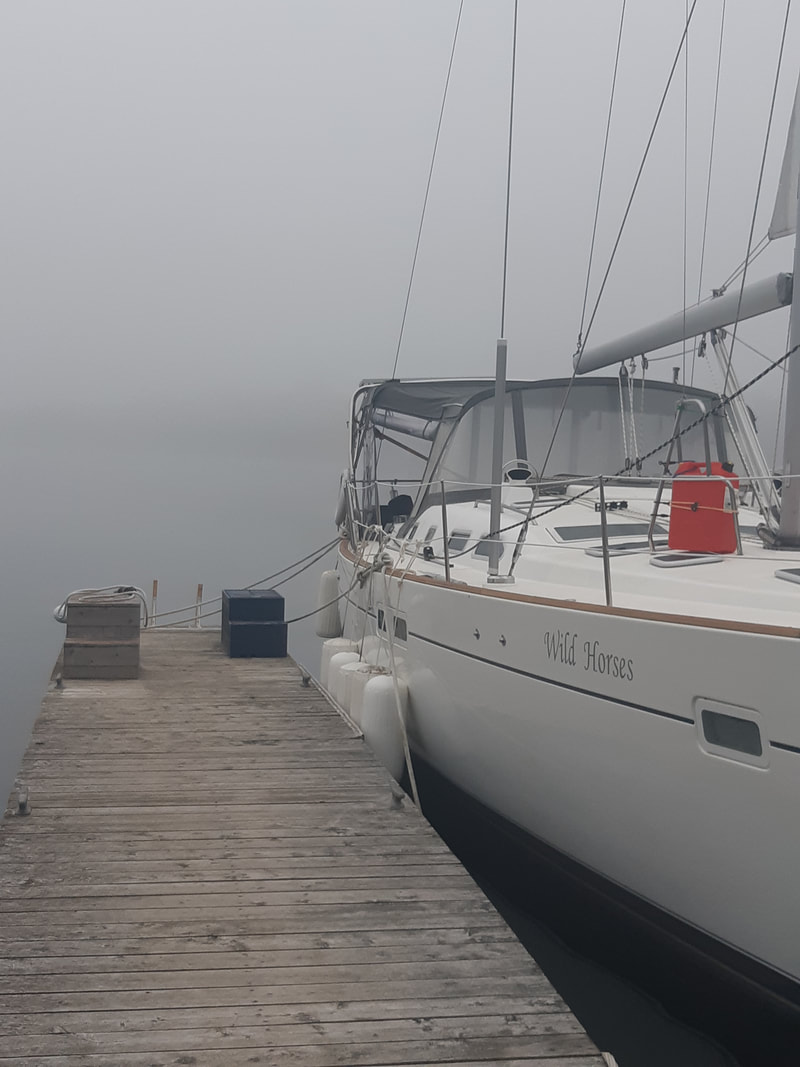
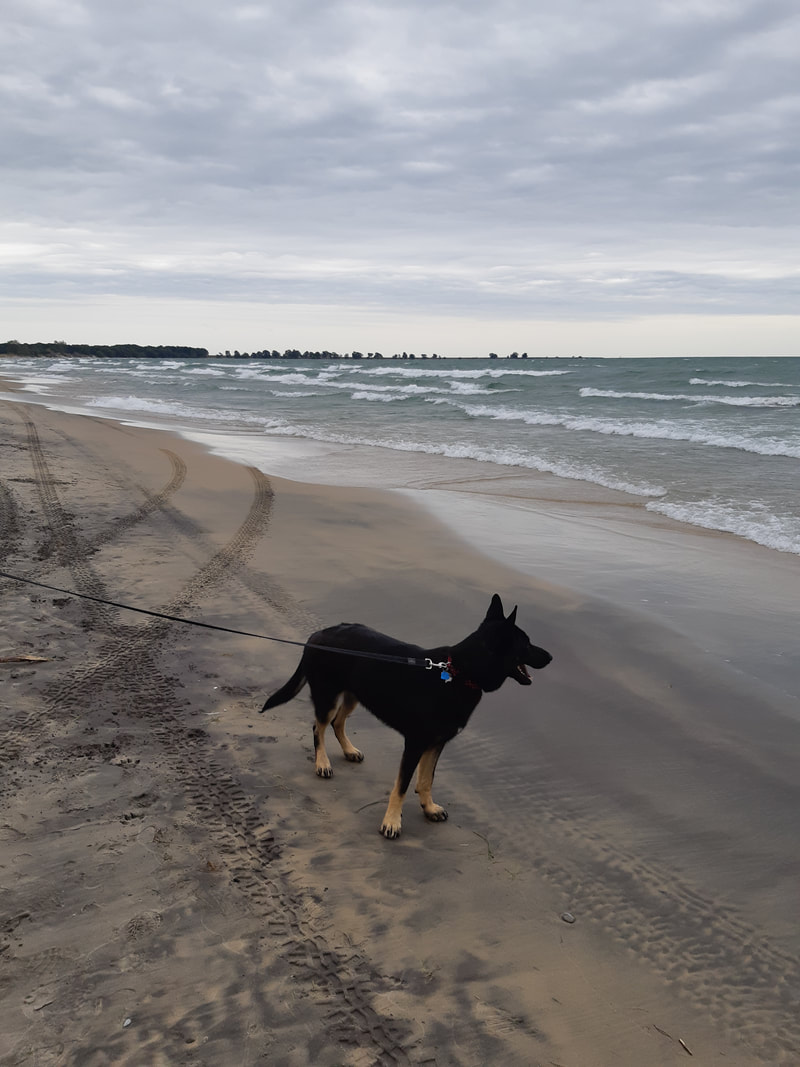
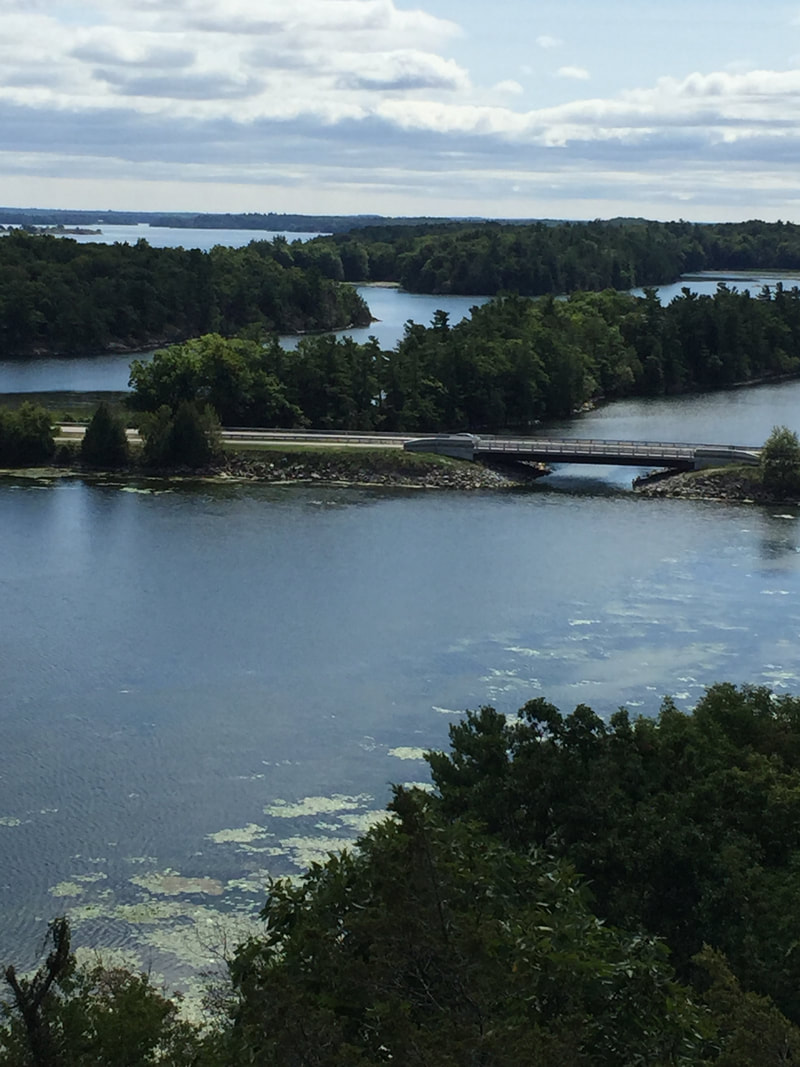
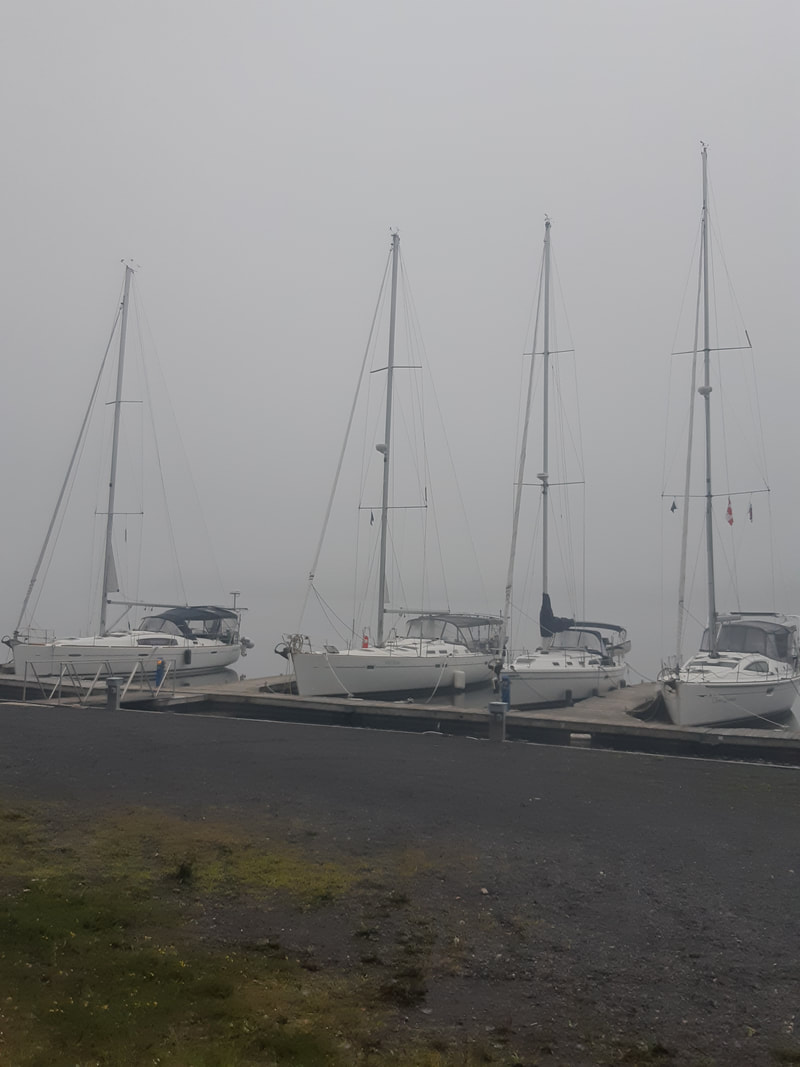
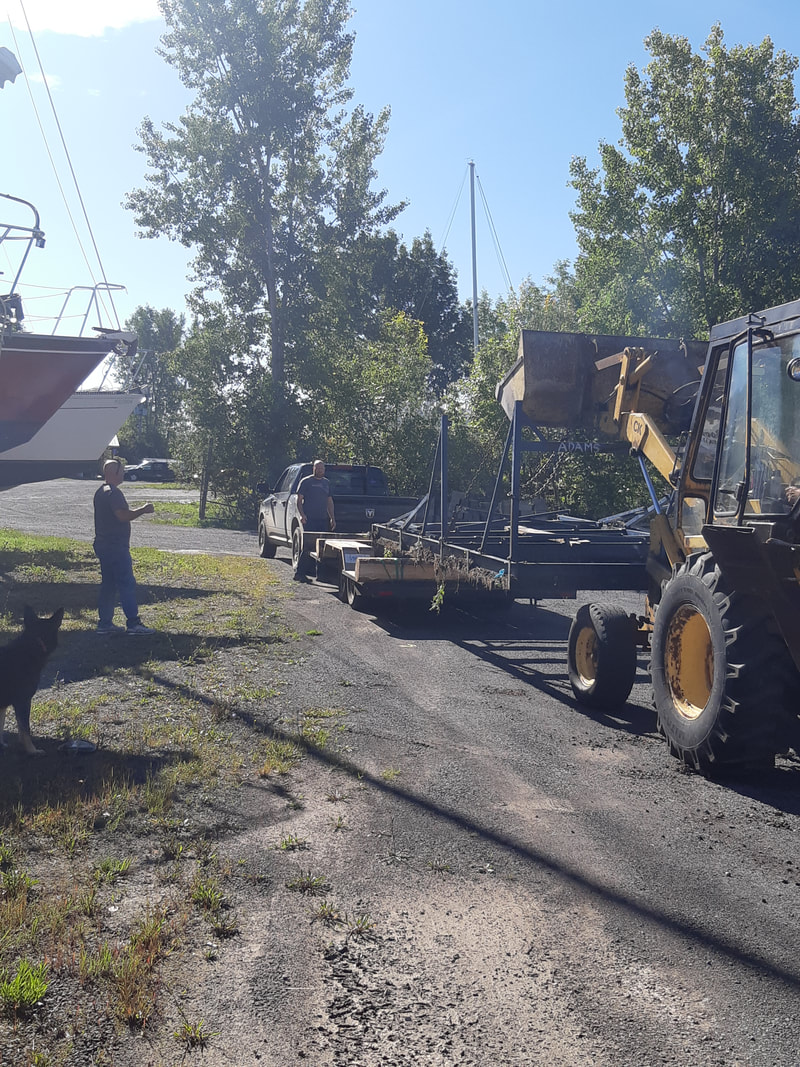
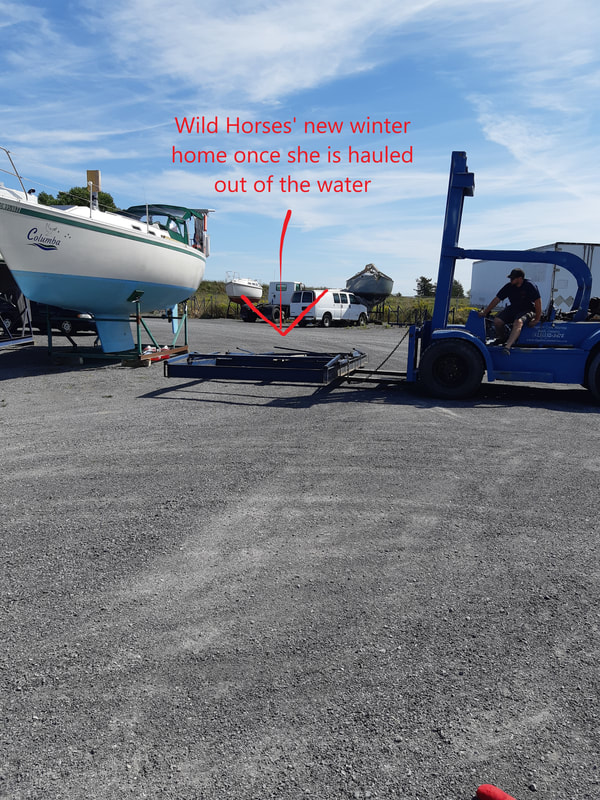
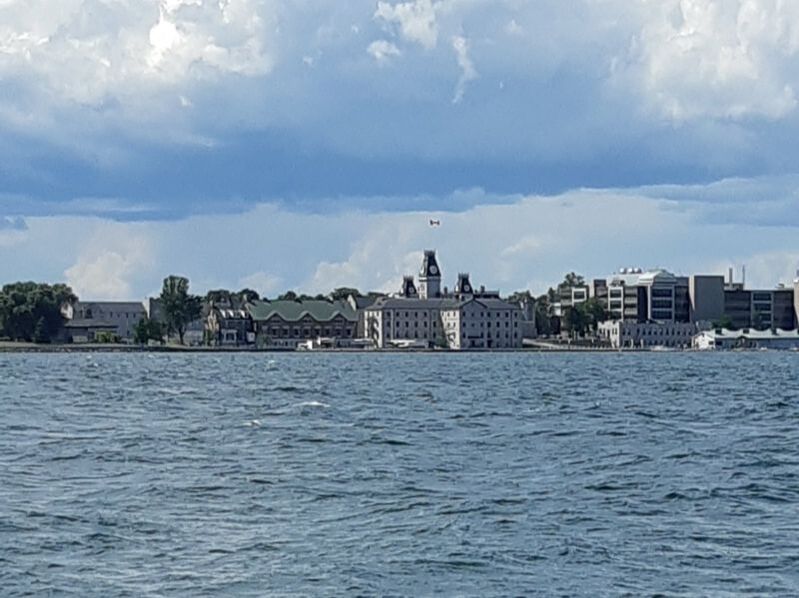
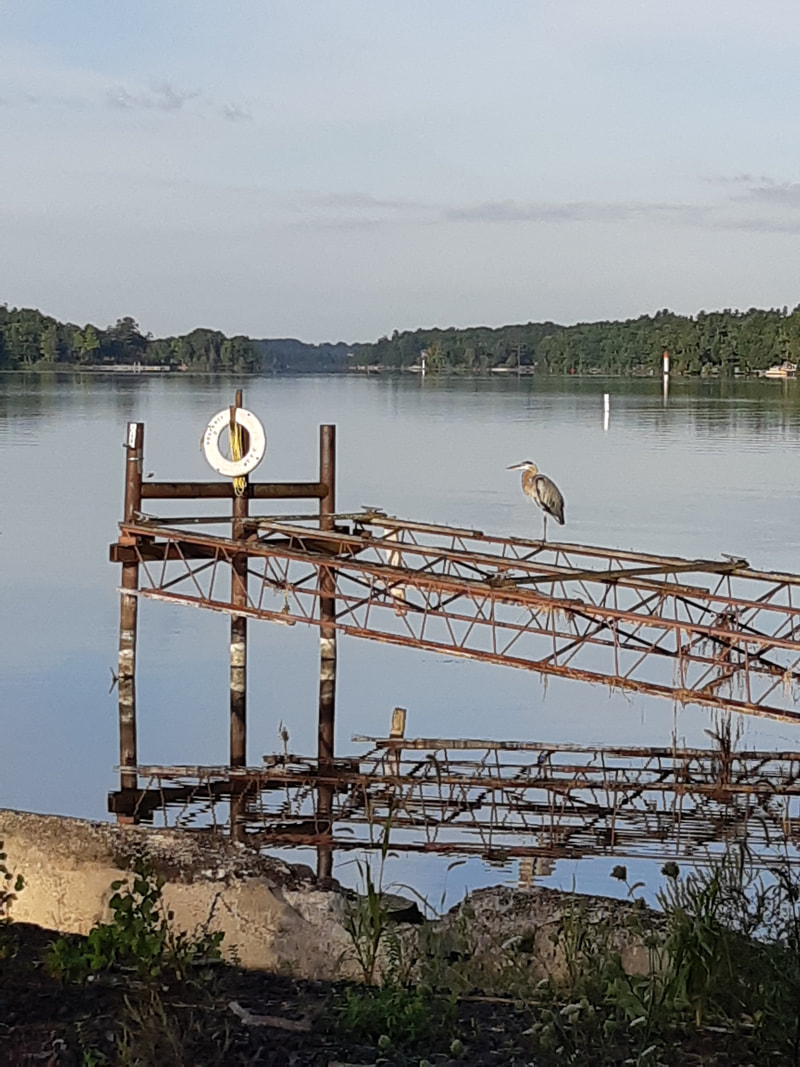
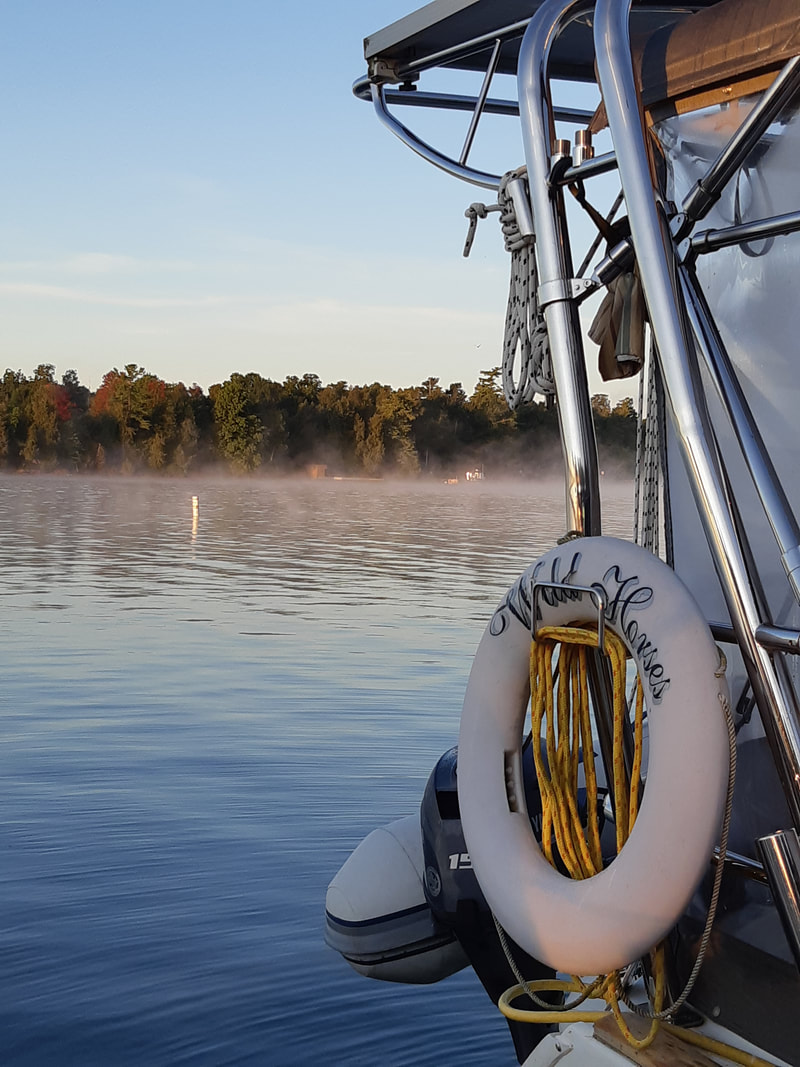
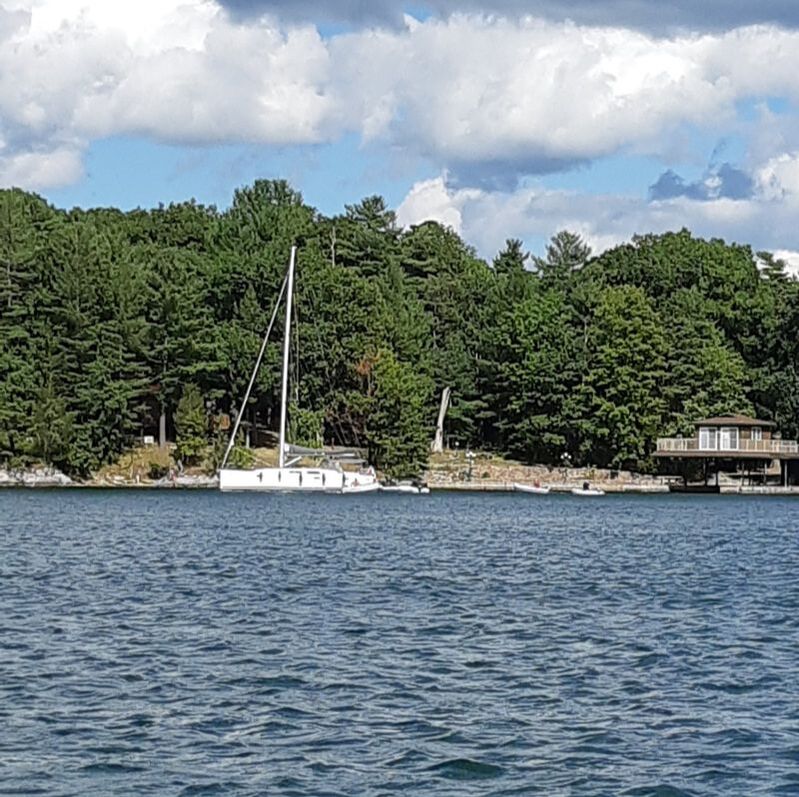
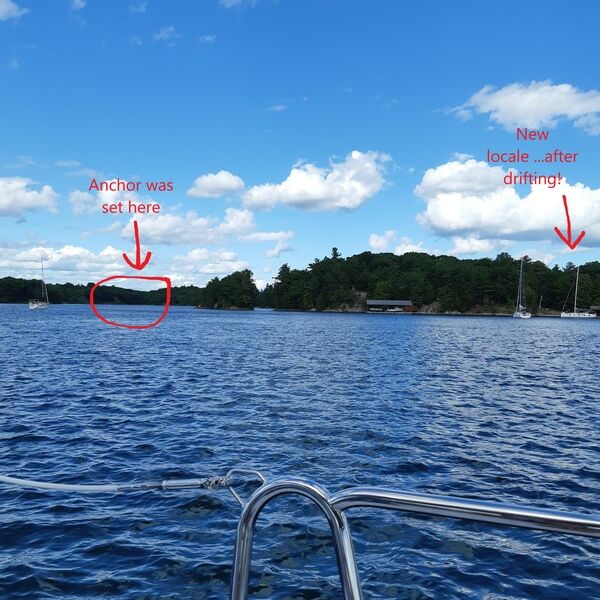
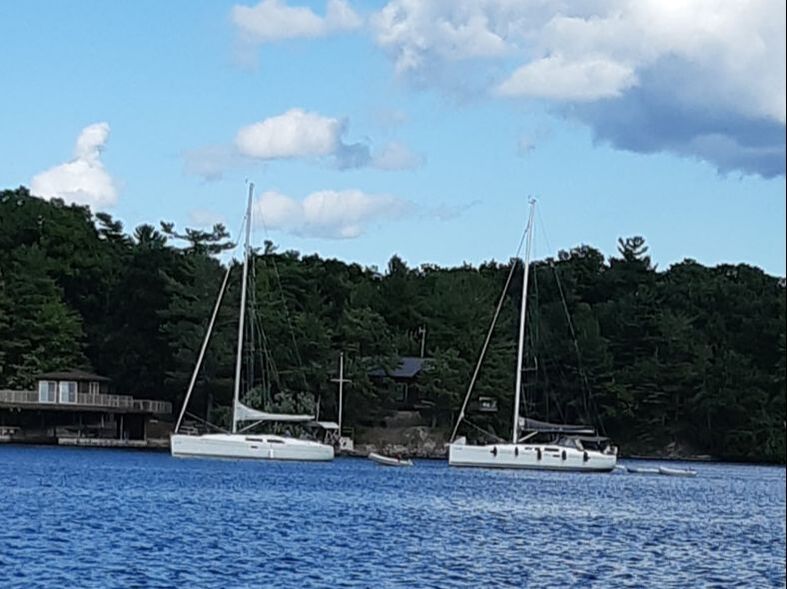

 RSS Feed
RSS Feed
